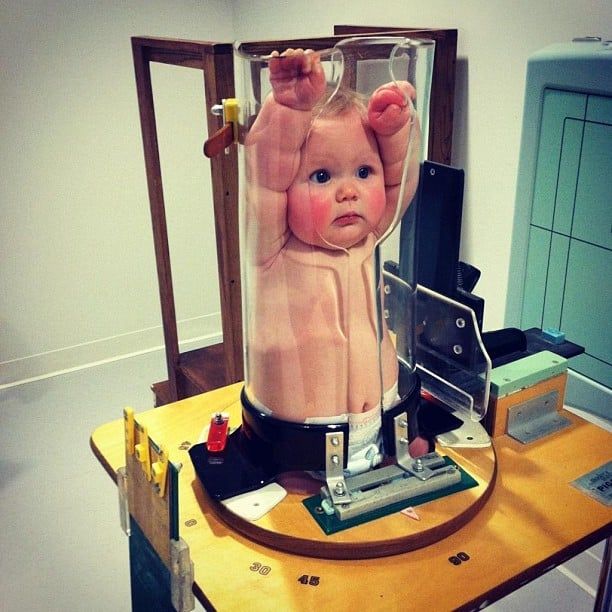Pediatric radiography presents unique challenges that require specialized techniques to ensure high-quality imaging and safety. The small and often uncooperative nature of pediatric patients makes it crucial to manage their movements carefully during procedures. Short exposure times are a standard practice in pediatric radiography to minimize motion blur, a common issue when imaging energetic children. However, even with reduced exposure times, the need for precise immobilization remains critical to obtaining clear and useful diagnostic images.
Effective immobilization techniques not only help in reducing the likelihood of motion blur but also play a significant role in enhancing the overall diagnostic accuracy of the images. By securing the patient in a safe and comfortable position, radiographers can reduce the necessity for retakes, thus shortening the duration of the procedure and minimizing the stress experienced by young patients. More importantly, proper immobilization helps in significantly lowering the radiation dose received by the patient, as it allows for more targeted and efficient use of radiography.
There are various immobilization devices and strategies tailored specifically for pediatric patients. These range from simple padded supports to more sophisticated systems designed to hold the patient gently yet securely. Training and experience in pediatric care are essential for radiographers to select and apply the most appropriate method for each individual case, ensuring the child’s comfort and safety while achieving optimal imaging results.
Ultimately, the goal of these immobilization strategies is to protect the well-being of young patients while enabling healthcare providers to perform high-quality diagnostic imaging. It’s a delicate balance that requires technical skills, patience, and a compassionate approach from the radiography team.

